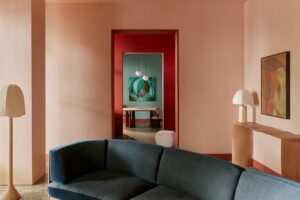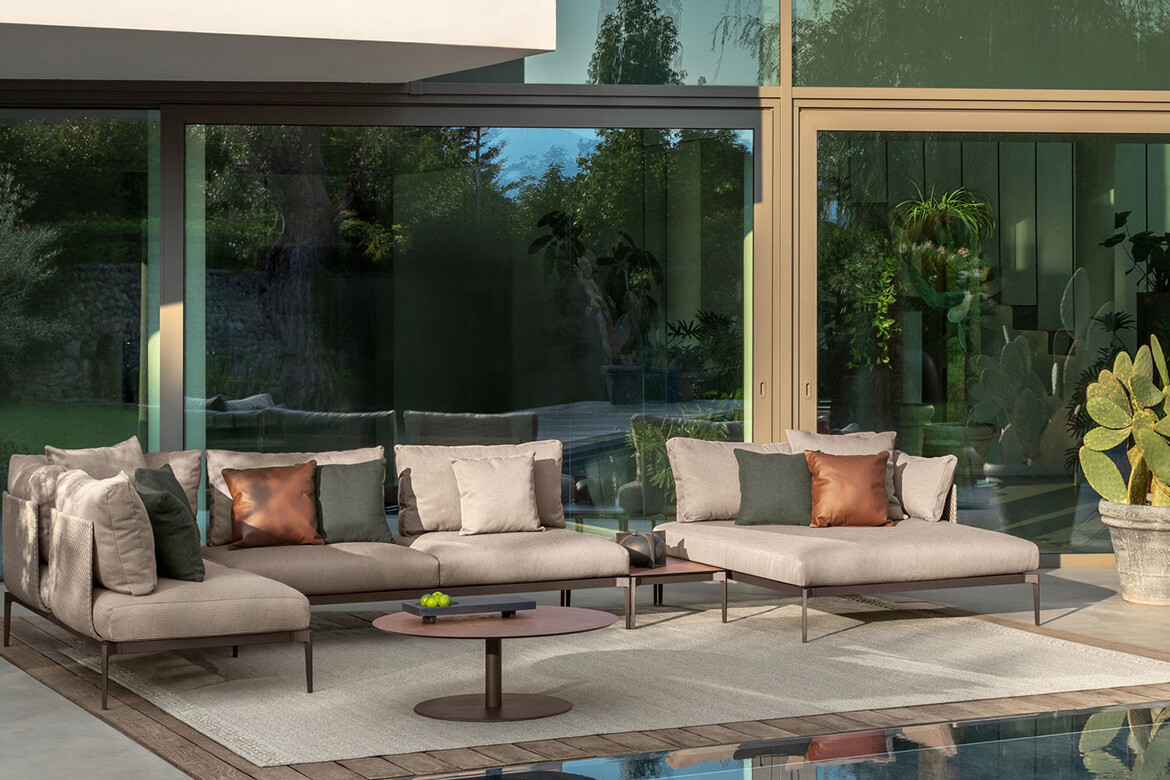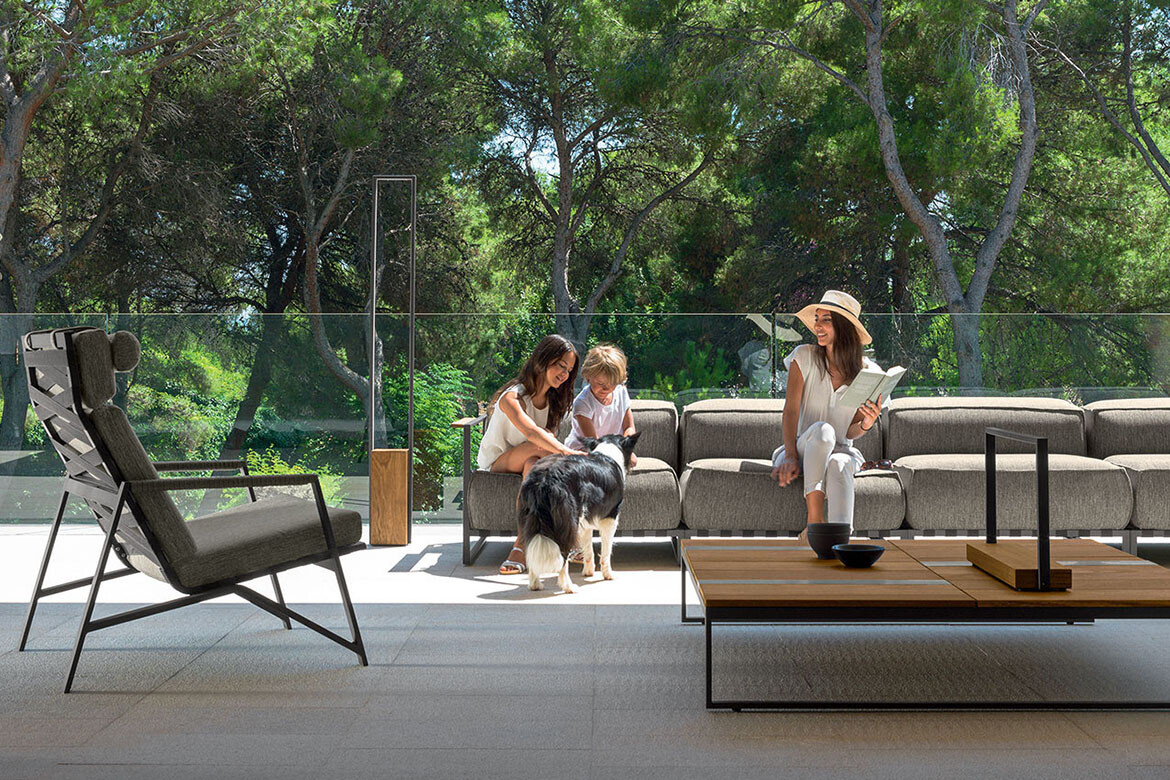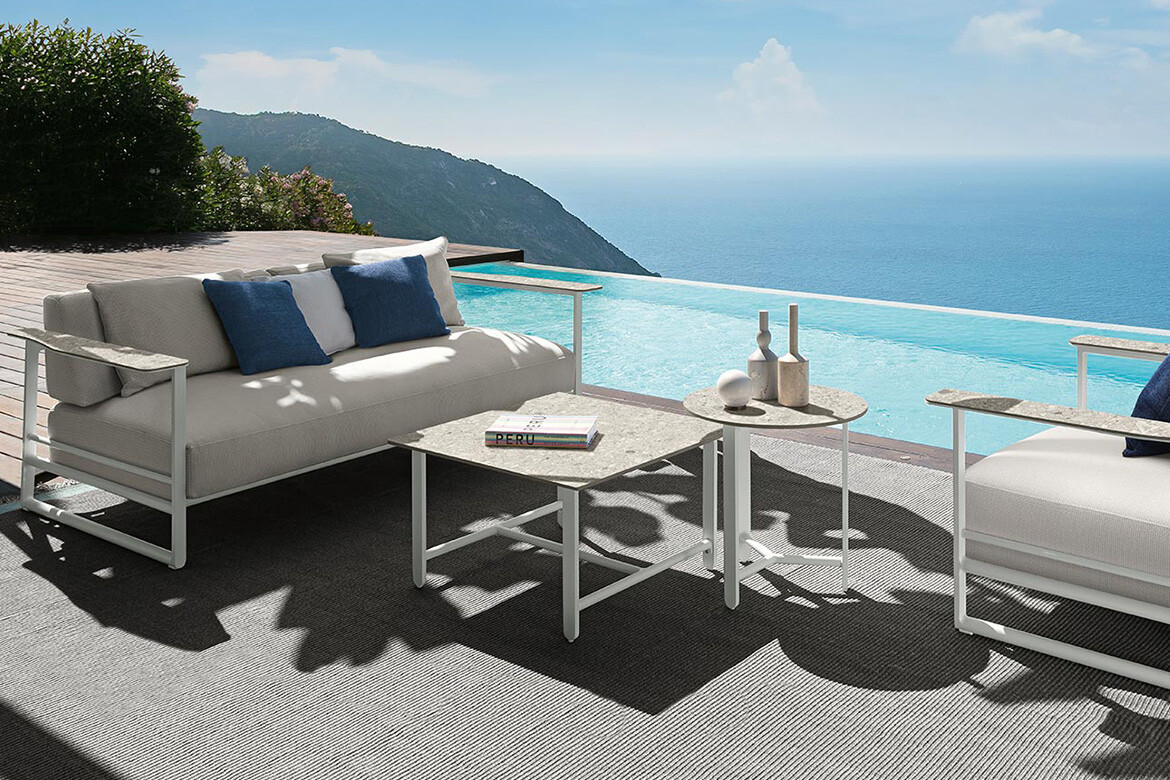Speaking to Swiss architect Leopold Banchini at a quiet café in Sydney’s inner west, you could be forgiven for forgetting that this emerging designer is not actually based here. His partner is from Sydney and Banchini previously lived there for over a year but what really showcases his connection to Australia is of course architecture.

Marramarra Shack is understated yet elegant, beautiful yet rustic, ambitious yet humble. Located amidst the creeks and inlets of the Hawkesbury to Sydney’s north, it is quintessentially of its place. With more than a hint of Glenn Murcutt — pinned steel footings maintain a lightness in touching the earth, for instance — this timber home could scarcely be anywhere else on the planet.
The timber for the project was in fact sourced from disused telegraph poles and even an old jetty, underlining some of the unique qualities of Australian materials. Materiality and the poetic dimensions of design, however, are only part of the experience for Banchini; each stage of a project is an opportunity to learn, from land acquisition to planning permission and all the economic shenanigans in between.

“When I moved to Australia, it was very important for me to have a project there. I was really fascinated by Australian architecture,” says Banchini. “I always loved to travel and architecture is a great way to do that — it’s like a universal language. I use it as a tool to discover places that I’m interested in.”
If architecture, at its best, is a response to the specificities of place, then it stands to reason that designing in different countries is a fine way to discover them. For Banchini, that means working on projects that bring together professional and personal life.
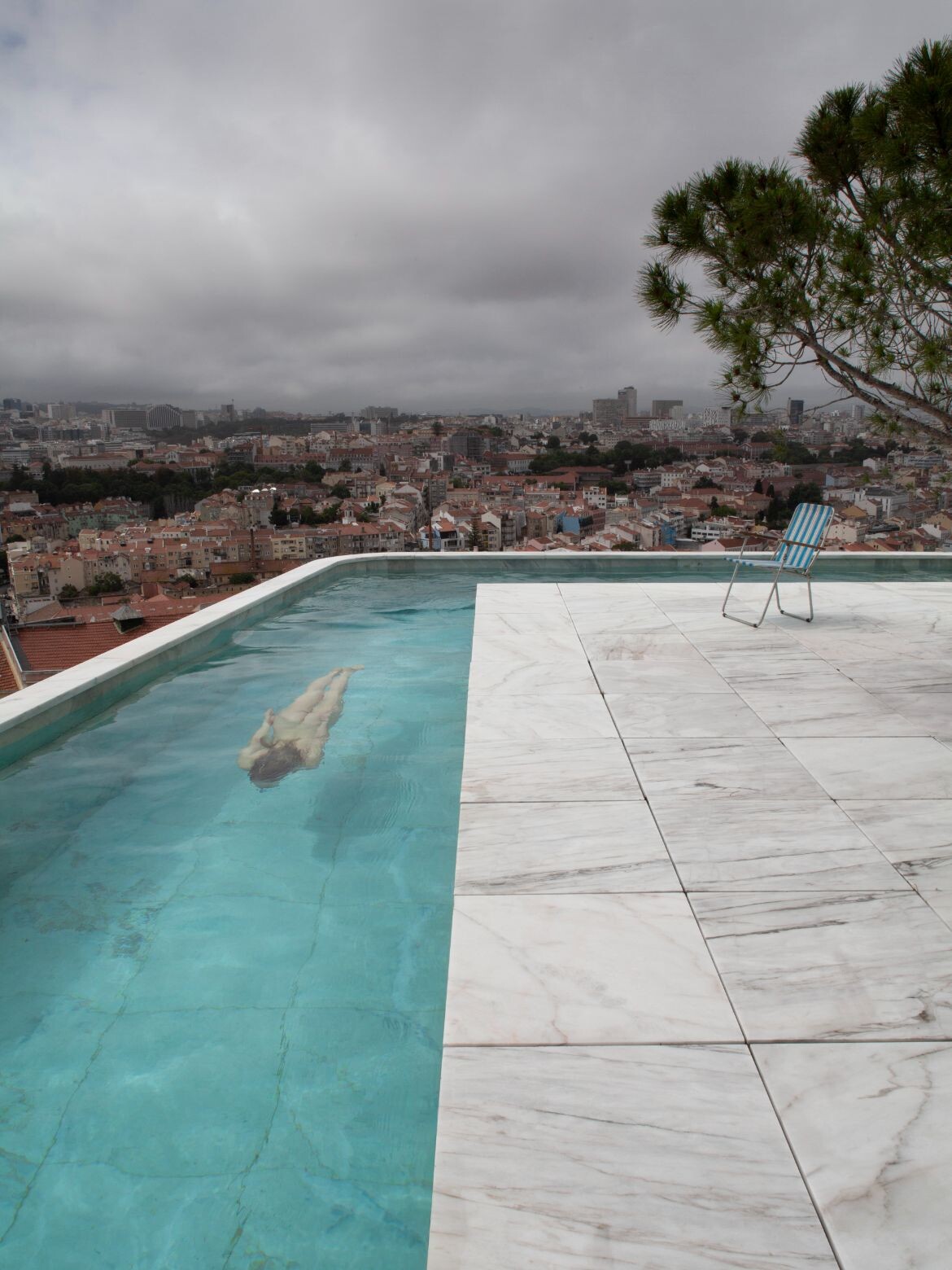
Most importantly, it’s about an authentic personal connection to a location: “There is this idea of the ‘global nomad’ but I’m actually trying to do the exact opposite. When I go to a place, I like to live there and I think architecture is a great way to discover a new culture,” explains Banchini.
If Leopold Banchini Architects has a style, it is in the emphasis on each place’s uniqueness. Marramarra demanded local timber whereas buildings in Bahrain and Lisbon have used concrete, while an upcoming project in Marrakech will focus on rammed earth. It is a philosophy of design that champions the vernacular, all the while maintaining a focus on the future.

“I am consciously not interested in developing a personal style — I think architecture should be an answer to a specific site, climate, culture and economic landscape. For me, a project starts from a place,” says Banchini.
This genre-busting approach means that beautiful, meaningful design extends across the boundaries of residential and commercial architecture. What unifies Banchini’s work is an emphasis on place and a preference for small, even humble, projects that allow for experimentation as well as closer relations with craftspeople and builders.
As Banchini moves on to the next country and project, we can wonder what the next Australian intervention might look like. Whatever or wherever it is, it’s likely to be deeply rooted, realised with a robust beauty and grounded with a strong sense of authenticity: “I like the idea of not using architecture to represent institutional power or wealth but rather for people.”
Project details
Architecture – Leopold Banchini Architects
Photography – Rory Gardiner, Dylan Perrenoud


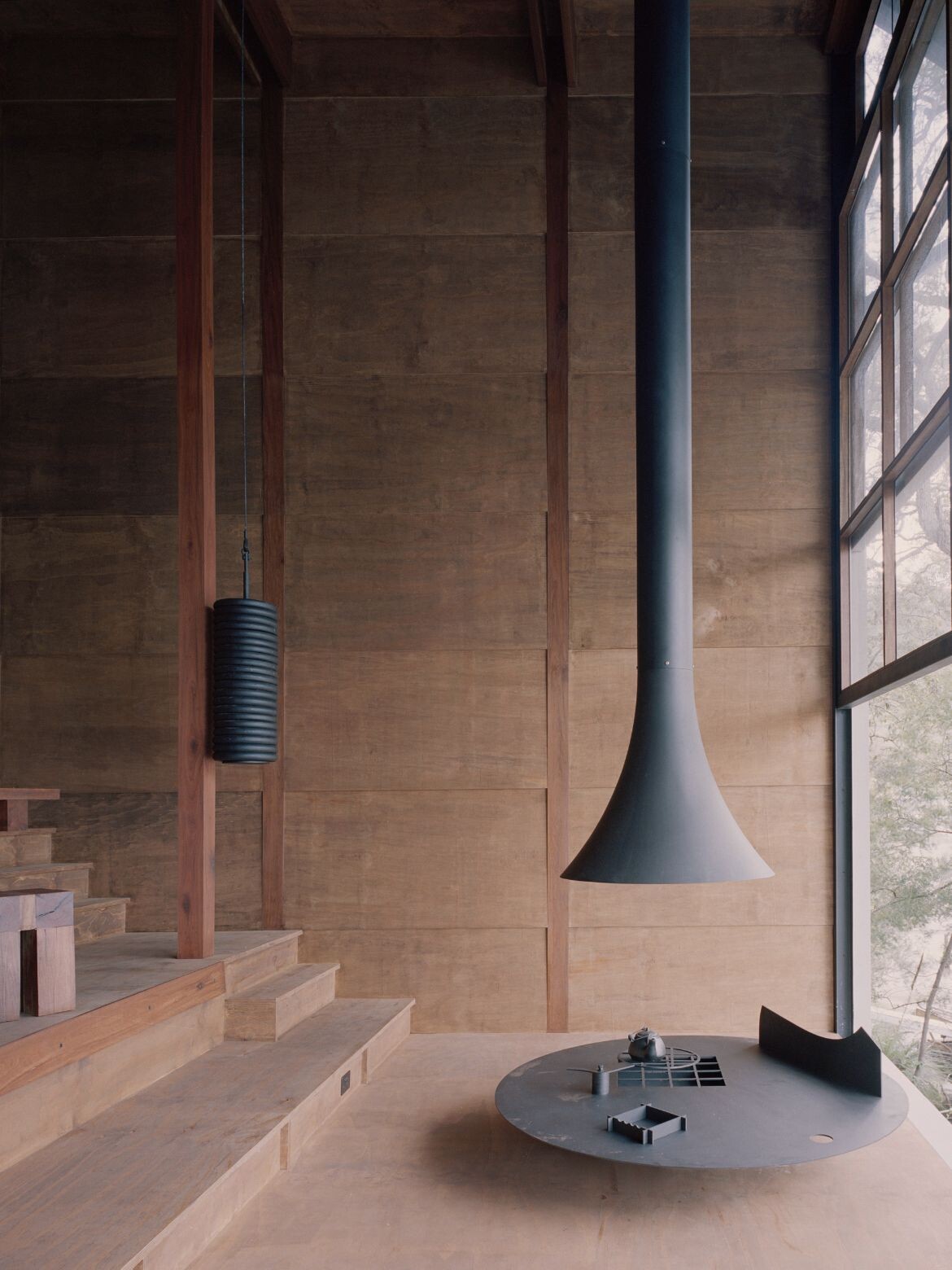



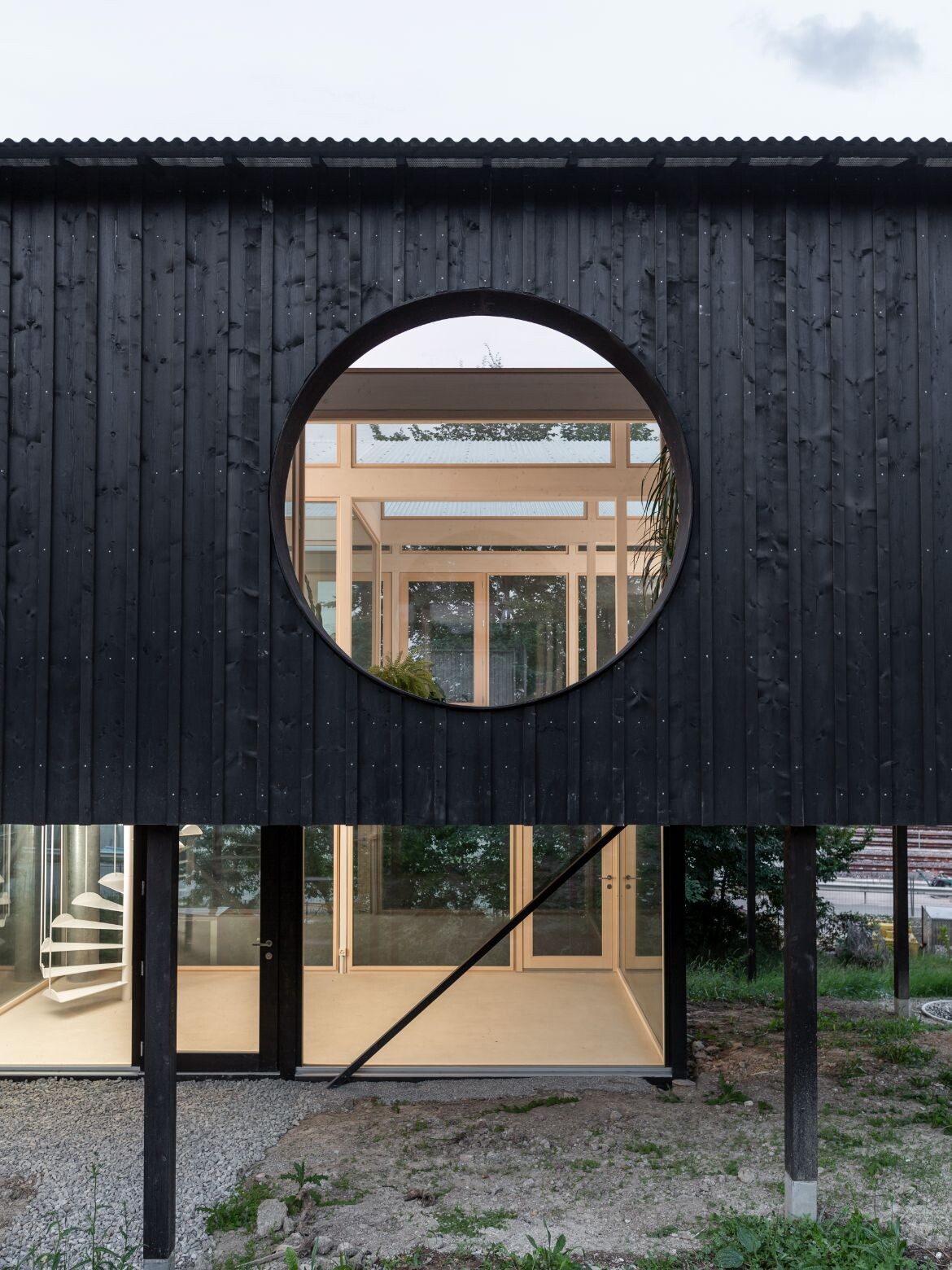

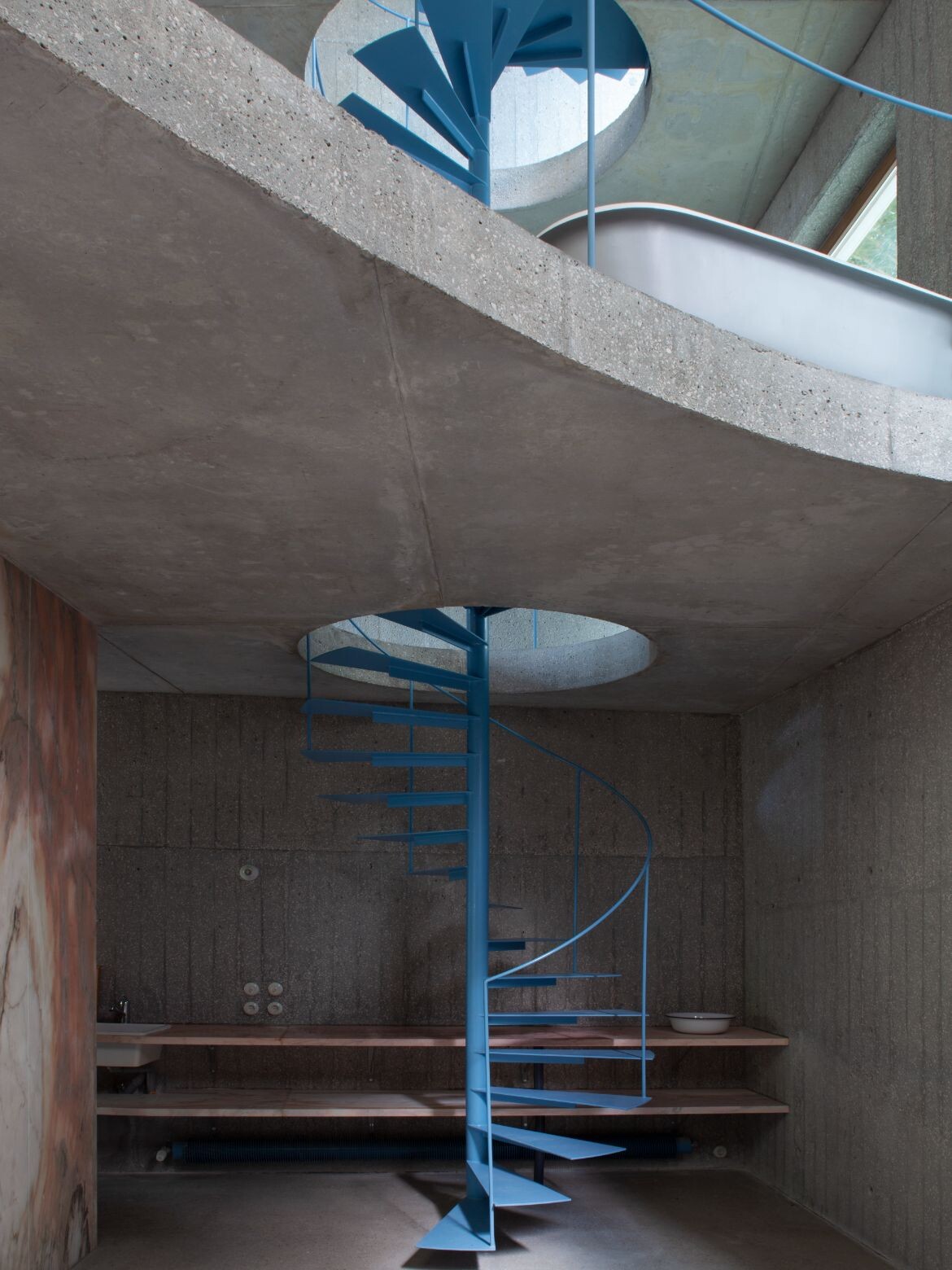
We think you’d love this profile of Austin Maynard Architects.



